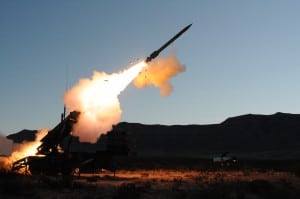
The Defense Department’s Strategic Capabilities Office (SCO) expects to start transitioning the hypervelocity gun weapon system (HGWS) to the services over the next year, an official said last Thursday.Vincent Sabio, program manager for the HGWS program at SCO, said at a Center for Strategic and International Studies (CSIS) event that the office is aiming to provide the Army and Navy with the pieces needed to transition the weapon. Although he was unwilling to detail how much time was between final…

 By
By 











